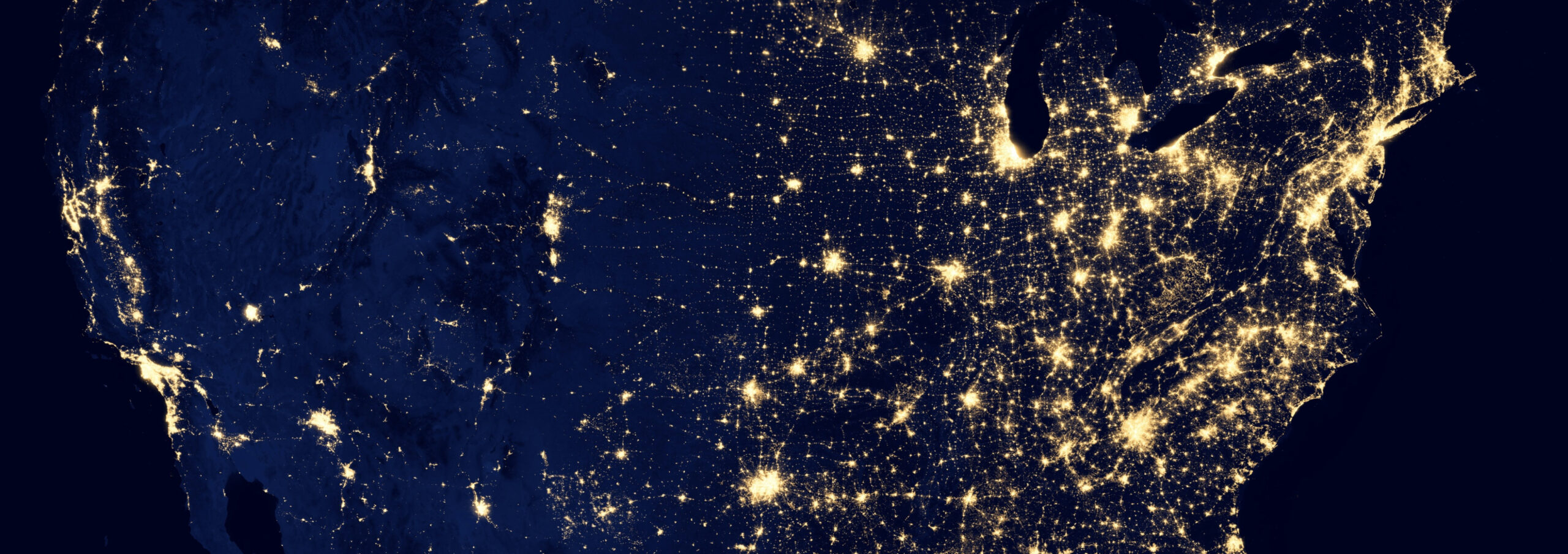Retail traffic data from Satellite Imagery and GPS/Mobile Devices each have their own strengths and are best suited for different applications. They often work best in combination, and along with data from sources such as in-store cameras, point-of-sale systems, or payments.
Mobile data can be helpful for measuring daily and sometimes hourly traffic changes at a rolled-up level such as a chain of stores. But at an individual store level, out of an average of 20 people (or cars) at a store, only a few will have the app that is being tracked and also have it activated. Even if the sample base is all Samsung phones, that still would only be 1/3 of shoppers. And which phones are truly independent shoppers versus part of a group or family?
At a rolled up level, most mobile data is currently difficult to use for measuring traffic growth because of the growth in phone or app users that generate the data. If there were 1 million app users last year and 2 million app users this year, how do you normalize for that sample growth to make the data comparable?




Satellite-based retail traffic data from RS Metrics “Accuracy at Scale” AI-human platform sees every car in the parking lot. And typically 1 car = 1 transaction at most retailers.
Satellite data currently only measures one day-part (10:30am to 1:30pm), but this makes all of the data an index that is normalized and directly comparable to itself. And, midday traffic is generally representative of all day traffic for most retailers, even nighttime event-driven restaurants such as Buffalo Wild Wings. In the near future satellites will launch that also measure morning and evening day parts.


Unlike mobile data, satellites see all outdoor traffic at each store in a local market at the exact same time, providing an apples-to-apples view of actual car market share, and how market share shifts over time between stores, shopping centers, and malls. This makes satellite data ideal for test & measurement to optimize shopper conversion rates through increased service hours or better supply chain and merchandising, which is a huge area of untapped growth at most retailers, simply because until satellite imagery data there was no way of measuring shopper conversion at a large scale on a directly comparable basis.
Satellite data also can measure lift in traffic from events such as advertising, promotions, or store remodels, and measure how much is coming from specific local competitors.


For real estate site selection and strategy, satellite data can rank competitor stores in a market in order from highest to lowest traffic, which typically correlates more than 90% with rankings on actual store revenues. This provides a view of traffic growth and revenue for all competitor stores and centers in a market, which is often unknown or a guess in many current site selection models.
Technology to measure traffic trends is evolving quickly, with data emerging from sensors of all types, including satellite, mobile, app, cameras, credit card transactions, and more. While the data continues to grow over time, the ultimate value will be determined by the accurate analysis of these data flows, and the knowledge of how to select the most useful for any particular application.
RS Metrics extracts meaningful and ready-to-use data from a variety of location-based sources providing predictive analytics, traffic signals, alerts, and end-user applications. These data points can be widely used for decision making in financial services, real estate, retail, industrial, commodities, government, and academic research. Curious to learn more? Click here or contact us directly at: info@rsmetrics.com. You can also follow us on Twitter @RSMetrics and LinkedIn.


















